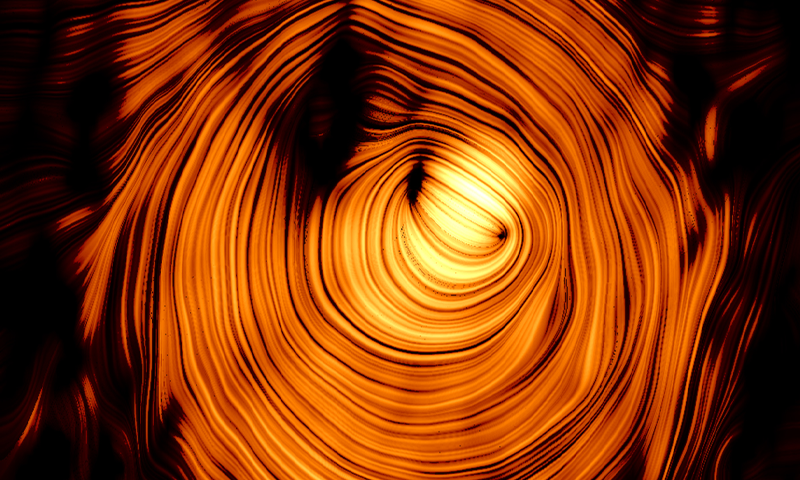Now Reading: Eye of Sauron Phenomenon Sparks Cosmic Mystery
-
01
Eye of Sauron Phenomenon Sparks Cosmic Mystery
Eye of Sauron Phenomenon Sparks Cosmic Mystery

Quick Summary
- A new image reveals an astronomical object resembling the “Eye of Sauron” called PKS 1424+240, a blazar-a jet of radiation emitted by a supermassive black hole, located 3.5 billion light-years away.
- The blazar is one of the brightest in the sky and emits important amounts of gamma rays and high-energy neutrinos, particles almost massless and chargeless.
- Researchers captured a detailed image using synchronized radio telescopes spread across Hawaii to the Caribbean, equivalent to a single radio dish over 5,000 miles wide.
- The blazar’s jet is nearly perfectly aligned with Earth’s perspective. This alignment enables scientists to study inside its jet structure with unprecedented clarity.
- The image depicts ringed layers symbolizing a donut-shaped magnetic field believed to focus jets and accelerate particles like neutrinos. Special relativity effects may amplify its brightness while creating an optical illusion suggesting slow movement.
- Only about 10% of detected blazars (over 3,000 known) emit high-energy neutrinos linked to processes accelerating heavy protons near black holes or within expanding jets through magnetic shocks.
- Scientists are investigating how supermassive black holes accelerate massive particles efficiently-an exciting astrophysical challenge-but explanations for processes vary among researchers.
Direct Quotes from Scientists:
- “This is the first time we’ve ever got such a clear picture from inside the jet.” – Yuri Kovalev
- “High-energy neutrinos are a smoking gun for efficient proton accelerators.” – Yuri Kovalev
- “This specific orientation gives us a chance to directly investigate regions … usually not accessible.” – Raffaele D’Abrusco
- capturing this precise alignment was deemed “an outstanding result.” – Matteo Cerruti
Credit: Y.Y. Kovalev et al.
Indian Opinion analysis
The study of PKS 1424+240 advances our knowledge on cosmic phenomena like gamma rays and high-energy neutrino emissions that impact broader astrophysical research themes globally-including at Indian research institutions like TIFR or IUCAA engaged in similar particle-based cosmic studies.
India’s growing investment in astrophysics aligns well with findings from such global collaborations; building capabilities for exploring extreme-space phenomena could elevate scientific contributions nationally while amplifying India’s voice on larger cosmic debates around particle physics challenges.
Moreover, as India develops advanced observation infrastructures-such as radio telescopes-it may position itself favorably within international partnerships exploring mysteries akin to those unraveled here concerning relativistic effects near supermassive black holes that could lead breakthroughs spanning worldwide laws.



























